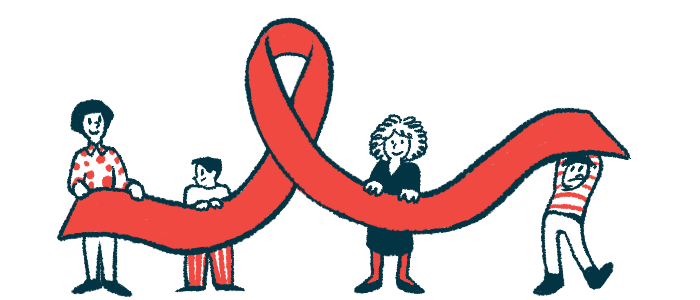Supporters go #PurpleforPorphyria to mark Global Porphyria Day
Community encouraged to bring awareness, attention to rare genetic disorder

For this year’s Global Porphyria Day on May 18, supporters are encouraged to wear purple, decorate their homes in purple, and take to social media using the hashtag #PurpleforPorphyria to raise awareness about porphyria and share their stories.
Advocacy organizations, including the United Porphyrias Association (UPA) and the Global Porphyria Advocacy Coalition (GPAC), are encouraging people in the porphyria community to spread the word, telling their friends, family, and social networks to gear up and mark the occasion.
“Help us to continue to build awareness and bring attention to porphyria,” the UPA states on a webpage about the event.
The GPAC, an international group dedicated to raising porphyria awareness and increasing access to care for patients, has provided resources for social media posts, including posters and social media images, graphics, and fundraising information.
Meanwhile, the UPA, which works to raise awareness and support research into better care for porphyria, is giving out purple ribbons with a minimum $5 donation.
Porphyria comes from ancient Greek word for purple
The color purple has long been associated with porphyria. In fact, the name “porphyria” comes from the ancient Greek word for purple, porphura.
Porphyria comprises a group of genetic disorders caused by disruptions in heme production. Heme is a molecule that is needed for oxygen transport in living cells. When the metabolic pathway leading to heme production is disrupted, porphyrins — typically dark reddish or purple in color — and their precursors build up to toxic levels throughout the body. Symptoms include abnormal urine color, abdominal pain, blistering, changes in skin color, and fatigue, depending on the type of porphyria.
As part of this year’s Global Porphyria Day, some landmarks around the world will be lit up in purple to mark the occasion. The GPAC is encouraging members of the porphyria community to request that local landmarks be lit as well, and has provided a sample letter for such requests.
People with porphyria are also being encouraged to take part in an online advocacy campaign dubbed #MyPorphyria, which seeks to help the public understand what it’s like to live with porphyria. Resources including a detailed toolkit, printable sample, and editable templates are available to help members of the community share their stories and experiences. In the week leading up to May 18, the #MyPorphyria campaign will be releasing a series of videos with patients sharing their stories.
Kicking off the week on May 11, the UPA will be hosting a live event on its private Porphyria Together Facebook group where people with porphyria will have the chance to speak with Amy Dickey, MD, an attending physician at Massachusetts General Hospital and an assistant professor of medicine at Harvard Medical School, who has spent her career studying and treating porphyria.






